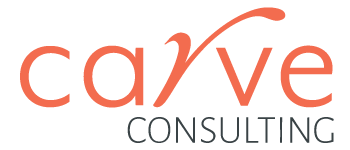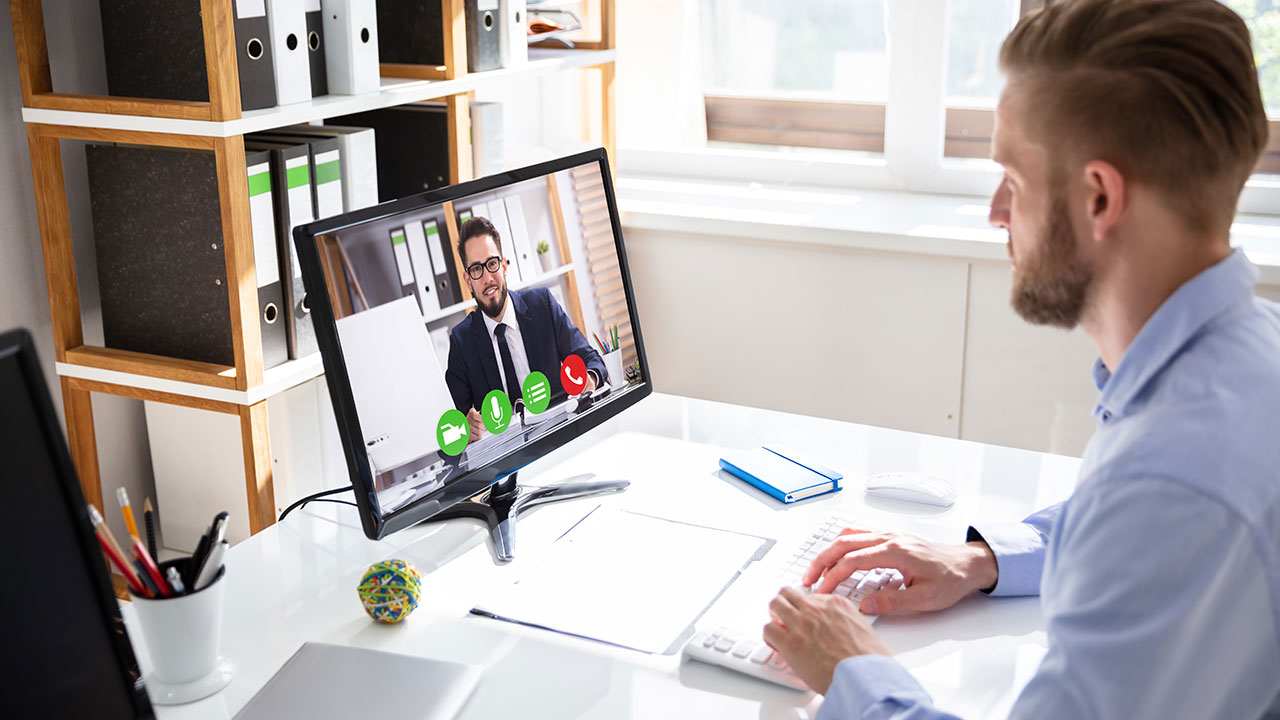We’ve all seen it, haven’t we? That person on television being interviewed from home during lockdown who just doesn’t look right. Regardless of how expert they are in their field, we are not listening as closely as we could be. Whether we’re distracted by the gaping shirt, crooked tie, poorly applied makeup or swinging chandelier earrings, we’re all cringing for them! Though we may not wish to admit it, our professional image needs to support our message and not detract from it.
And now that so many of us are speaking professionally online every day, either to current colleagues or even for a job interview, any one of us could be that person we’re cringing for or whose message is sadly lost. Online job interviews (both live and recorded) are not uncommon now, and we certainly wouldn’t want our message to be lost mid job interview!
Yes, we have all been dressing ourselves in a professional manner for years of course; but the camera perceives things differently to the human eye.
Colour is crucial
Cameras and screens have the effect of making us look washed out and tired, but there are steps you can take to counteract that. We tend to look cooler on screen (read: bluer. Sorry, no, you won’t look more hip!). So anything you can do to help your complexion look more healthy and less ghostly is worthwhile.
Warmer colours help to counteract the bluish tones of a computer screen so if you can wear warm colours, you’re in luck. Warm colours include autumnal tones as well as teals, creams and peach tones. If you’ve had a personal colour analysis recently, you’ll already know what colours enhance your skin tone, so wear these. If warm colours look awful on you, wear a colour to match your eyes so they become a focus.
Medium range colours are the safest to wear online; not too deep and not too light. Black, white and red are not great choices for appearing on camera. White can look stark, black can drain you and red can overpower. A little of these are ok but avoid large amounts.
Also remember to wear colours that help you stand out from your background.
Wearing it well
Plain is always best for when you’re on camera or in a video conference. The camera tends to pick up things the human eye misses, and these can sometimes be distorted, so avoid tops that are printed or overly embellished.
A scoop neck top with a plain blazer or similarly formal jacket always looks good. Or a plain shirt can work but check it doesn’t gape around the button holes when you relax.
Small, fine prints or stripes, particularly if they are high contrast, can distort on camera if you move around. This effect is very distracting for viewers.
Avoid shiny fabrics!
Consider whether your outfit will be noisy. Yes, noisy! Bangles, jangles and certain stiff fabrics can all create a rustle when you move that is very distracting for others, particularly when you’re appearing online.
ALWAYS give thought to what you’re wearing below the waist! You may not need to dress formally but don’t be the person caught out in the incongruous board shorts if your workplace is formal!
If you’re meeting online for work, you still need to present in a professional manner so check your outfit for transparency, marks or the tendency to slip around as you move. Rule 101: if you wouldn’t wear it to the office, don’t wear it to an online meeting!
Making up for it
Makeup is crucial for everyone who appears on television, including men, as our faces are deprived of definition. Makeup replaces the colour and definition that camera and strong lights robs us of.
It’s the same when we’re appearing on a computer screen. I don’t suggest anyone who is inexperienced in applying makeup to try it out just before appearing online. If you’d like to begin wearing it, get some advice on application and colours to ensure you can create a natural look. Natural looking makeup is most appropriate for a formal workplace.
However, for those of us who do wear makeup, here are some basic principles to getting it right on screen.
- Keep it natural and satin/matte, not shiny
- Define your eyes and brows as these are your focal points
- Blush can look very heavy on camera so use it sparingly
- If you are shadowy under the eyes, an under eye brightener can help
- Lips are one thing you can make a little shiny and some colour here will give your mouth definition
Author:
Donna Cameron has advised countless people on personal style, colour and professional presentation for 12 years. She is one the WiserLife Consultant Partners and was President of the Association of Image Consultants International (AICI) Melbourne Chapter from 2015-17. She has also worked in film and television, so understands how the screen impacts our appearance. Donna now sees private style clients online and in-person and facilitates workshops.

